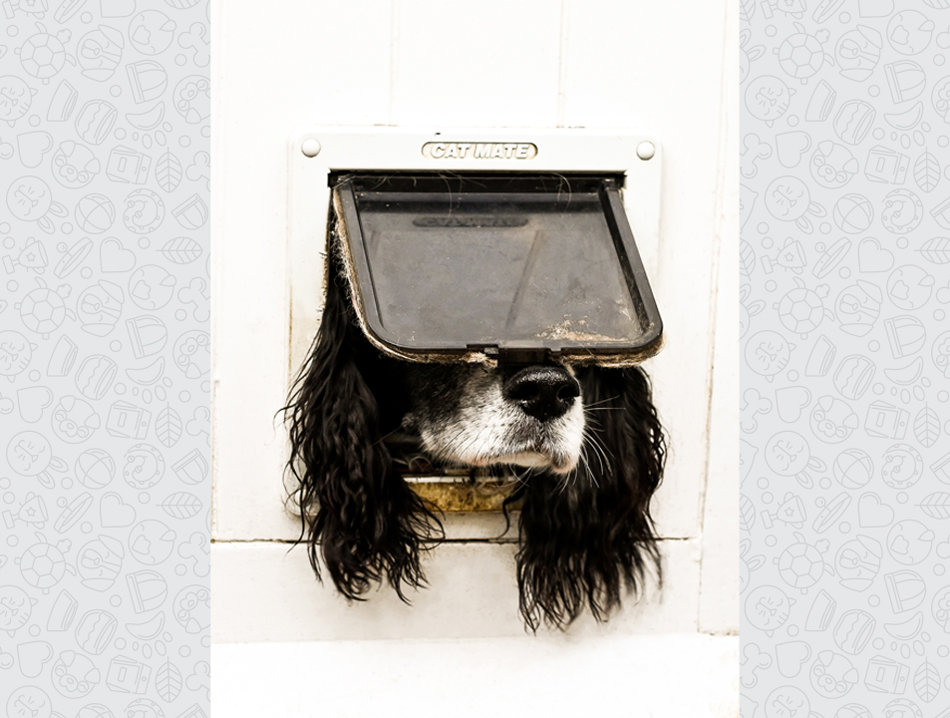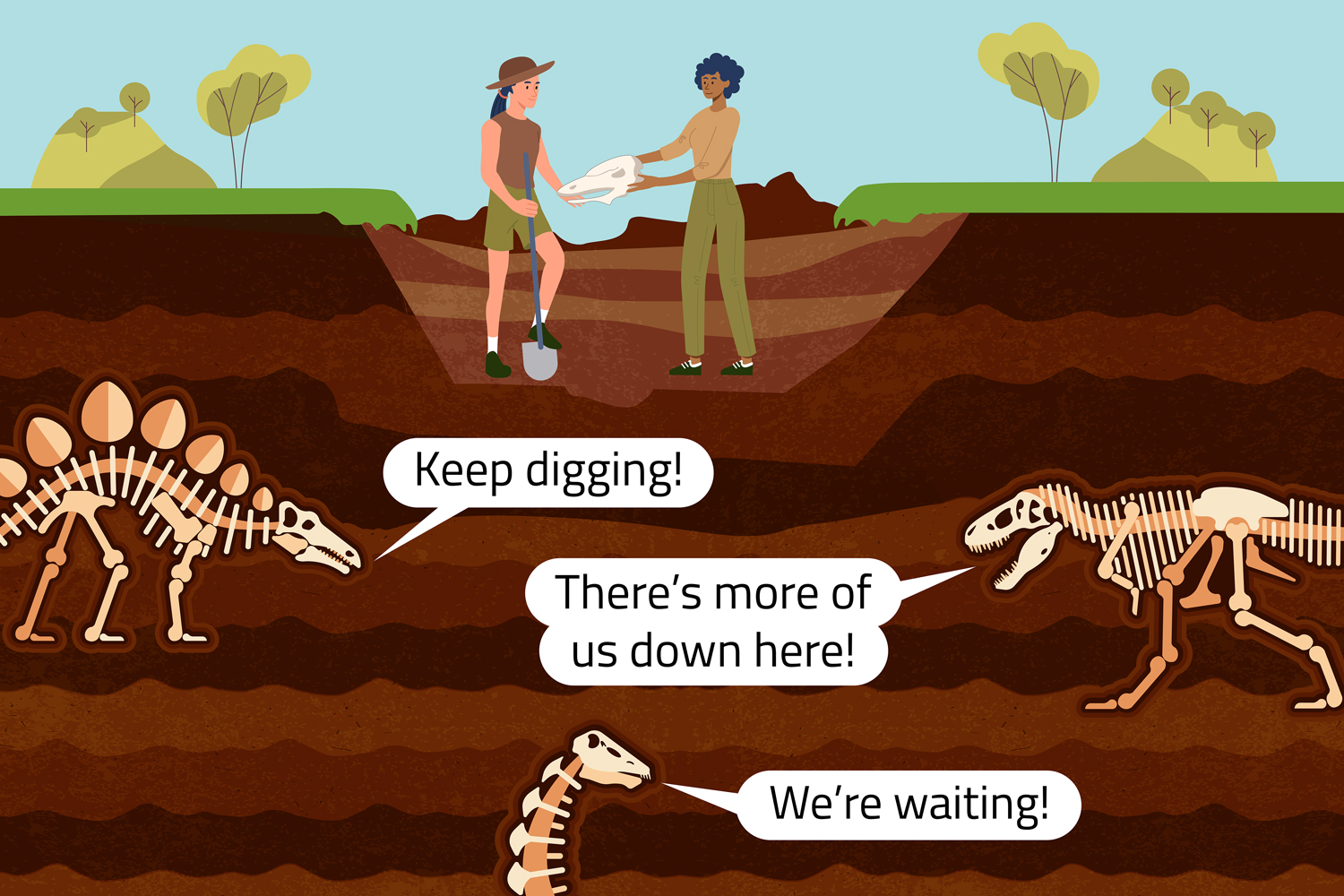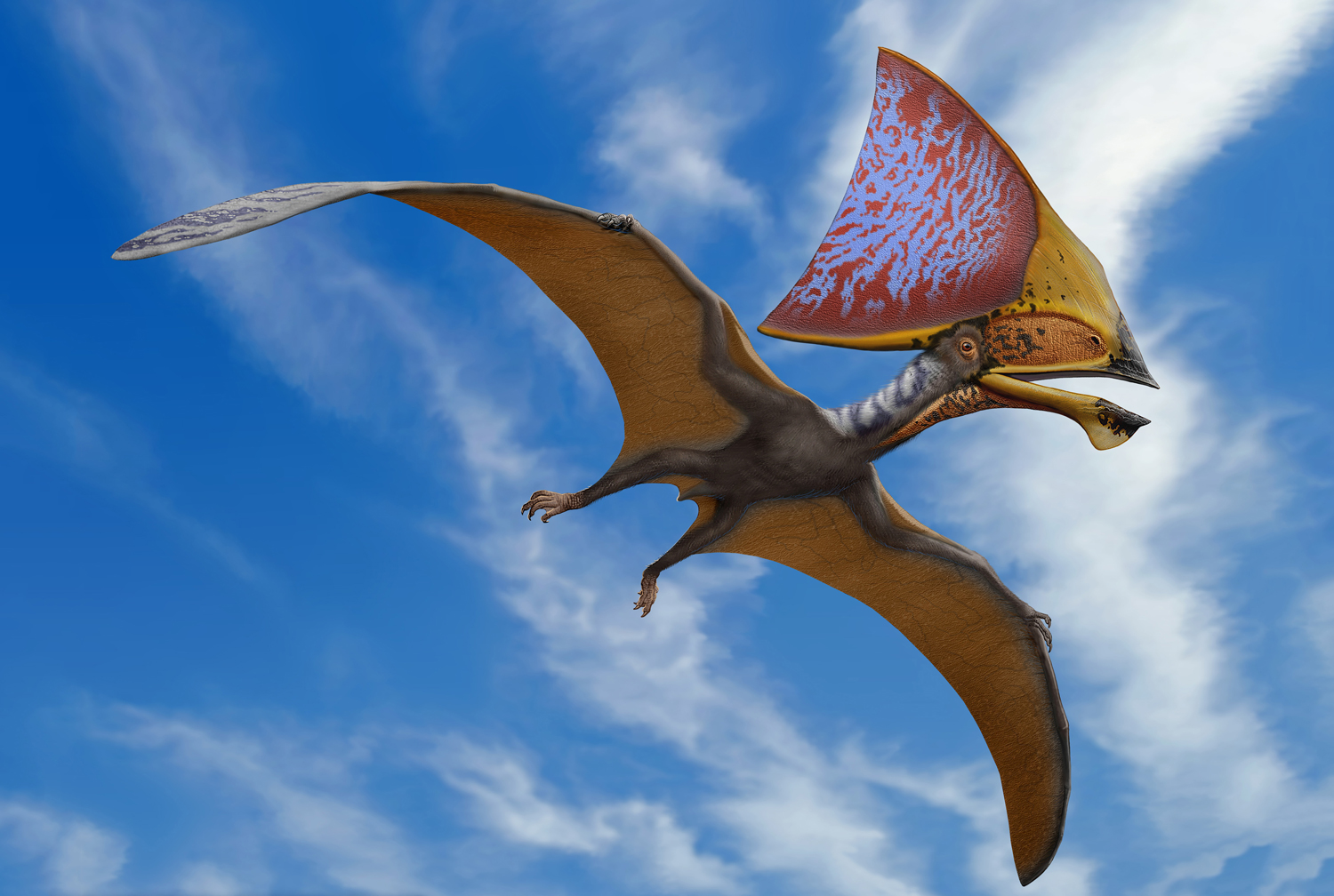Take My Fossils!
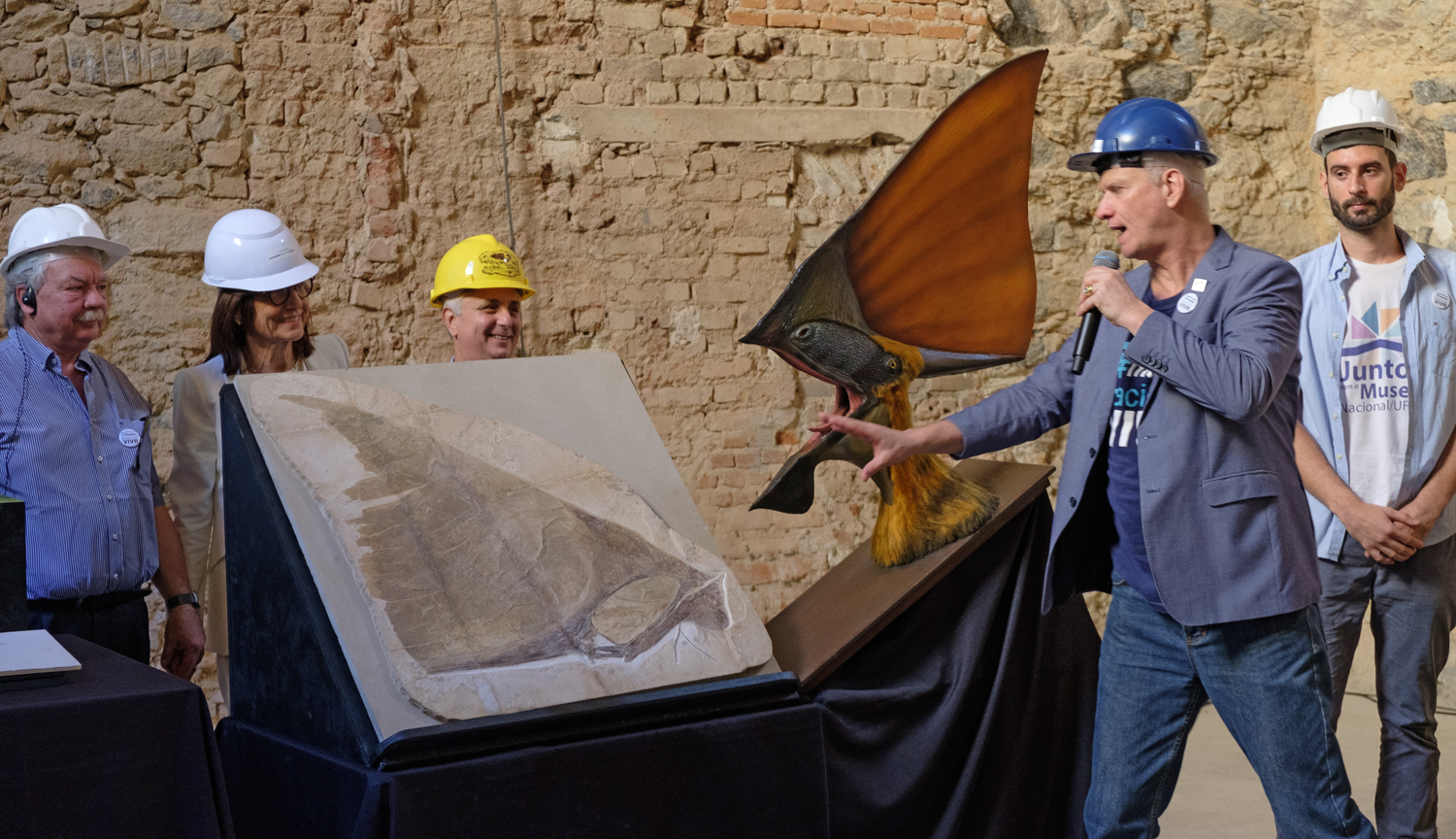
In 2018, a huge fire burned through Brazil’s National Museum, destroying most of its collection of 20 million items. But in May 2024, as the museum prepared to reopen, it received a generous donation of 1,104 fossils.
The items that were lost in the fire were pieces of the past that can never be recovered. There were artifacts from ancient Egypt, Greece, and Rome; a dinosaur fossil named Dinoprata; and objects that were used by Brazil’s Indigenous (native) population hundreds of years ago.
Since then, several museums around the world have donated items to the National Museum. Last year, the Nationalmuseet in Copenhagen, Denmark, announced it would repatriate (send back) a Tupinambá feather cloak that it has had since the 1600s. The cloak, made and worn by Indigenous Brazilian people called the Tupinambá, was taken from Brazil to Europe hundreds of years ago.
It will take a long time for Brazil’s museum to rebuild a collection anywhere near the size of what it once had. But the recently donated fossils will make a big difference. They include a plant called Brachyphyllum, a pterosaur (a cousin of a dinosaur) called Tupandactylus imperator, and Tetrapodophis, which dates back about 120 million years and may be the oldest known snake fossil. There are also several turtle and insect fossils. All the fossils were originally found in Brazil. The gift comes from Burkhard Pohl, who owns one of the biggest fossil collections in the world.
“We felt it was the right thing to do to help rebuild a comprehensive collection of Brazilian fossils,” Pohl told The Art Newspaper. “We hope that this initiative will inspire other collectors to follow suit and [donate].”
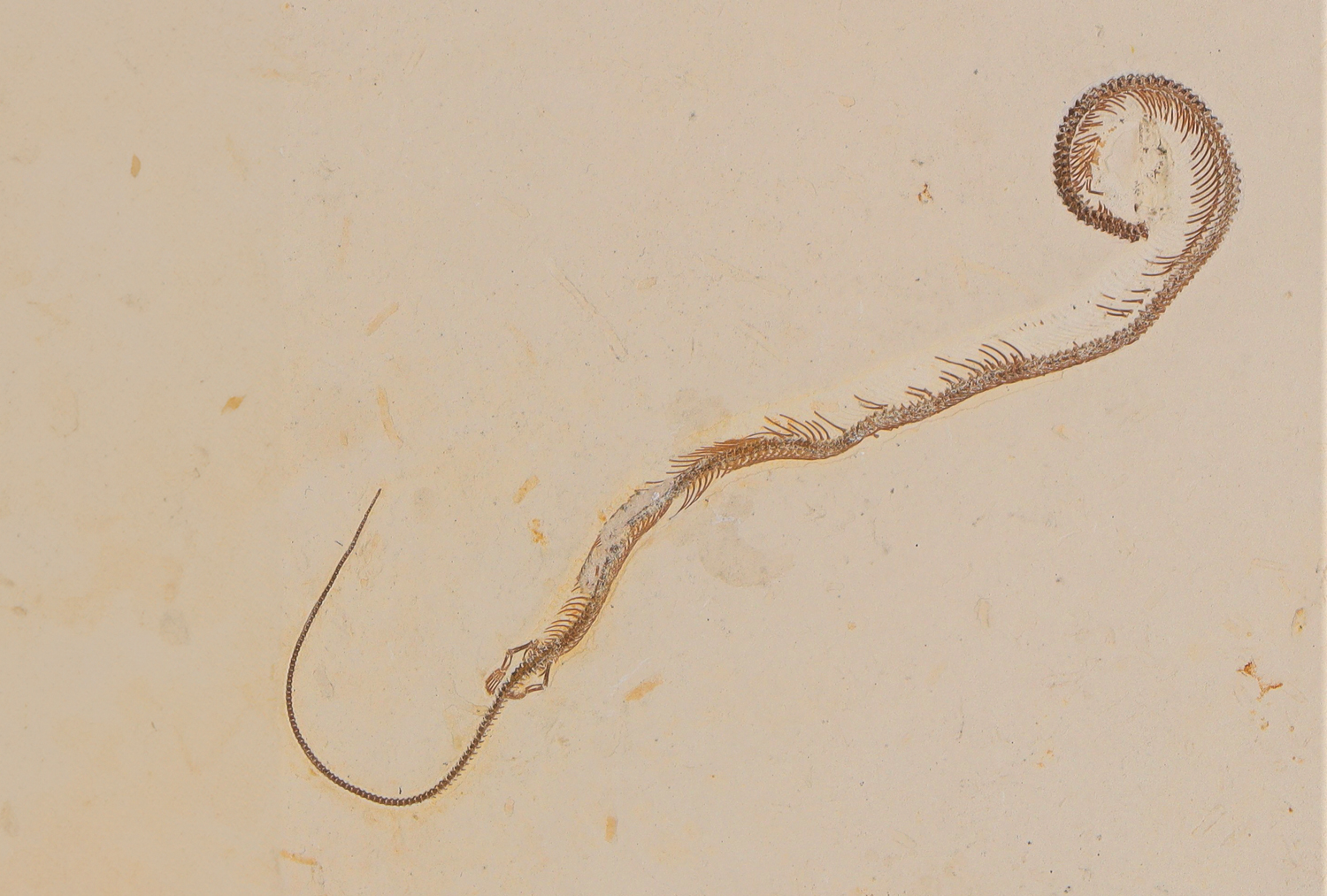
Burkhard Pohl donated what may be the world’s oldest known snake fossil.
Some of the newly donated fossils have never been examined very closely, so the museum will study them in the hopes of learning more about the prehistoric past. The others will be put on display for visitors.
The museum hopes to have about 10,000 objects to display by the time it reopens in April 2026.
Click through the slideshow for more fossils!
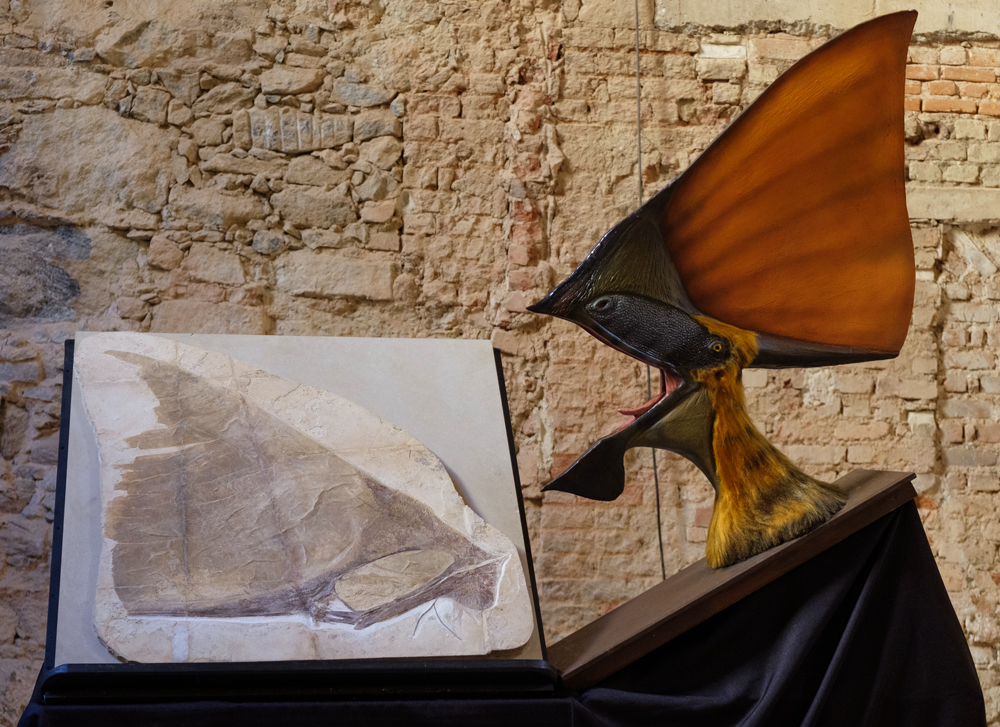
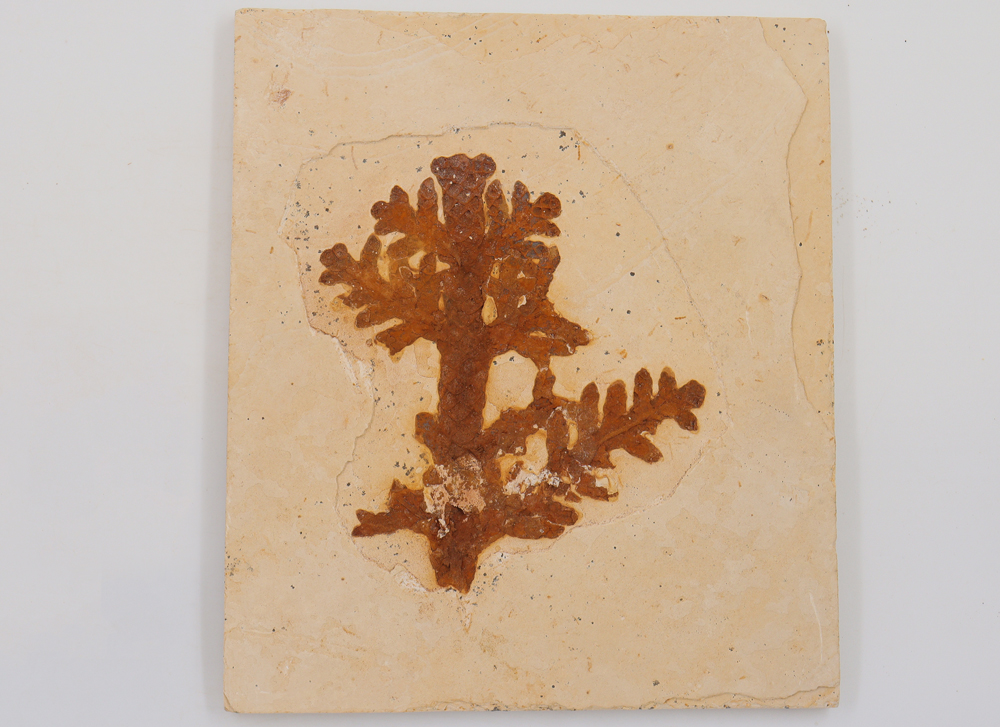
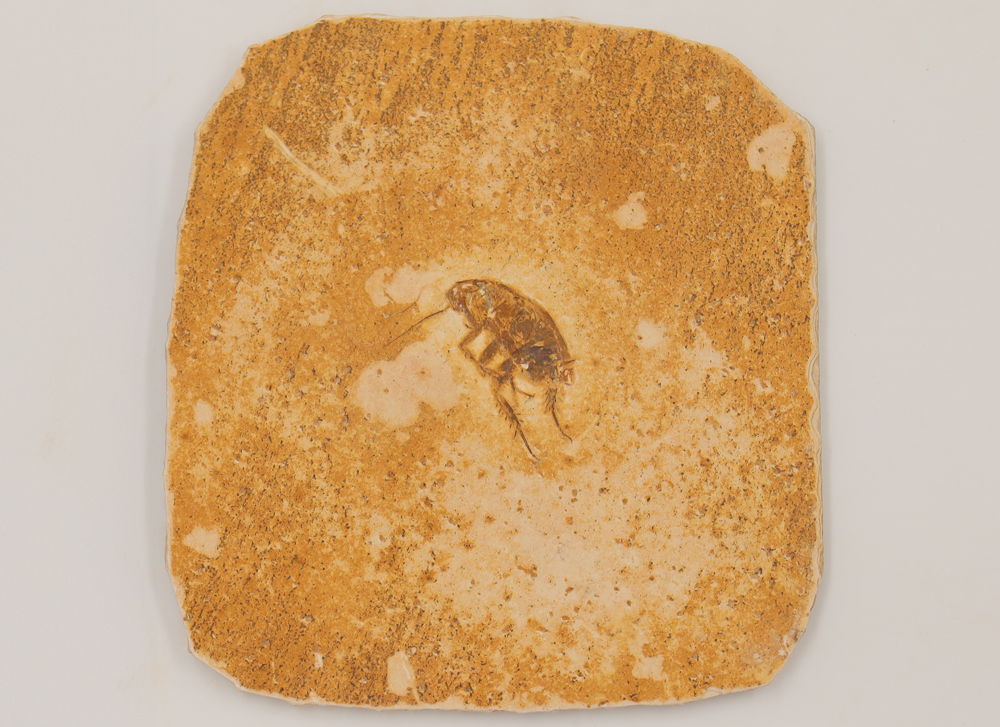
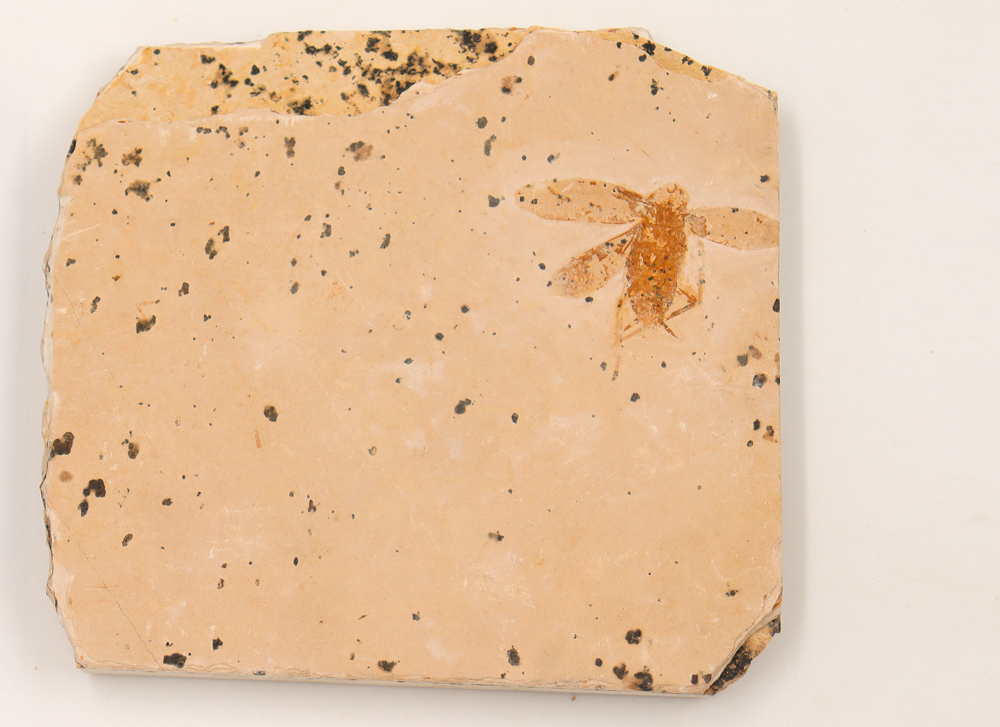
Diogo Vasconcellos/National Museum of Brazil, Handerson Oliveira/National Museum of Brazil, Handerson Oliveira/National Museum of Brazil, Handerson Oliveira/National Museum of Brazil
